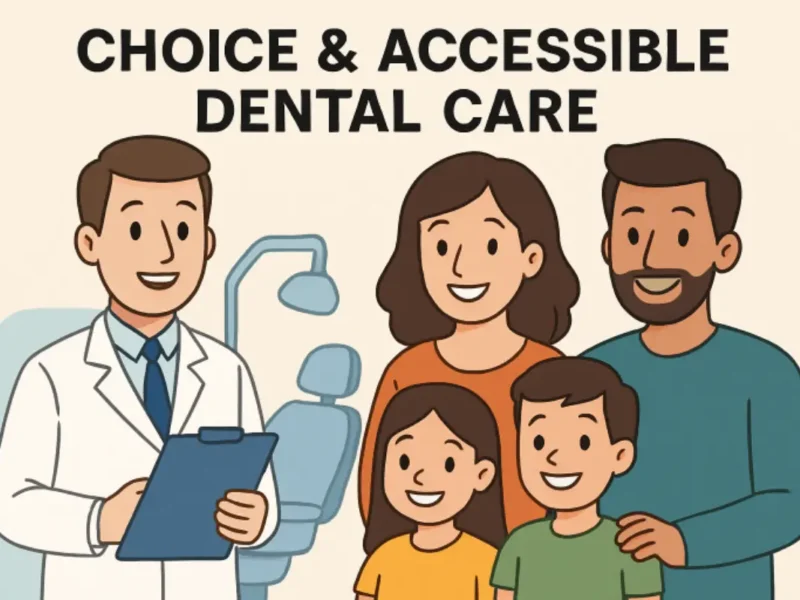Head injuries in toddlers and infants can be concerning for parents and caregivers, as these young children may not be able to communicate their symptoms effectively. Identifying signs of a head injury early is crucial for ensuring prompt medical attention and appropriate care.
In this blog post, we’ll discuss how to recognize common signs of head injuries in toddlers and infants, along with steps to take if you suspect your child has sustained a head injury.
Contents
Understanding the Risk Factors
Before discussing the signs of head injuries, it’s essential to understand the common risk factors that can lead to such injuries in toddlers and infants. These include:
- Falls: Toddlers and infants are prone to falls as they explore their surroundings, whether from furniture, stairs, or playground equipment.
- Accidental Trauma: Accidental trauma, such as being struck by a heavy object or colliding with another person or object, can also result in head injuries.
- Non-Accidental Trauma: Unfortunately, head injuries can also occur due to non-accidental trauma causes, such as physical abuse or shaken baby syndrome.
Signs of Head Injuries in Toddlers and Infants
Recognizing the signs of a head injury in toddlers and infants is crucial for prompt intervention. Common signs include:
- Changes in Behavior: Watch for any changes in your child’s behavior, such as irritability, excessive crying, lethargy, or unusual fussiness.
- Vomiting or Nausea: Persistent vomiting or nausea, especially if accompanied by other symptoms, could indicate a head injury.
- Changes in Eating or Sleeping Patterns: Noticeable changes in eating or sleeping patterns, such as difficulty waking up or refusal to eat, may be indicative of a head injury.
- Loss of Consciousness: While less common in toddlers and infants, loss of consciousness, even for a brief period, is a significant red flag for a head injury.
- Changes in Appearance: Look for any visible signs of injury, such as bruises, swelling, or bumps on the head.
Immediate Steps to Take
If you suspect your toddler or infant has sustained a head injury, it’s essential to take immediate action:
- Seek Medical Attention: Contact your child’s healthcare provider or seek emergency medical care if you notice any concerning signs or symptoms of a head injury.
- Provide Comfort and Support: Stay calm and provide reassurance to your child while awaiting medical help. Keep your child comfortable and minimize movement to prevent further injury.
- Monitor Symptoms: Keep a close eye on your child’s symptoms and behavior, noting any changes or worsening of symptoms over time.
- Prevention Strategies: While accidents can happen, there are steps parents and caregivers can take to minimize the risk of head injuries in toddlers and infants:
- Supervise Playtime: Provide close supervision during playtime, especially in areas with potential hazards such as stairs, playgrounds, or furniture.
- Childproof Your Home: Take measures to childproof your home by securing furniture, installing safety gates, and cushioning sharp corners to reduce the risk of falls and accidents.
- Educate Caregivers: Ensure that caregivers, including family members, babysitters, and childcare providers, are aware of safety protocols and know how to respond in case of an emergency.
The Importance of Understanding Toddler Head Injuries
Recognizing the signs of head injuries in toddlers and infants is crucial for ensuring timely intervention and appropriate medical care.
By understanding the risk factors, signs of injury, and immediate steps to take, parents and caregivers can help protect their young children from the potential consequences of head trauma. Remember, when in doubt, always err on the side of caution and seek medical attention and guidance from an Oklahoma City injury attorney if you suspect your child has sustained a head injury.



